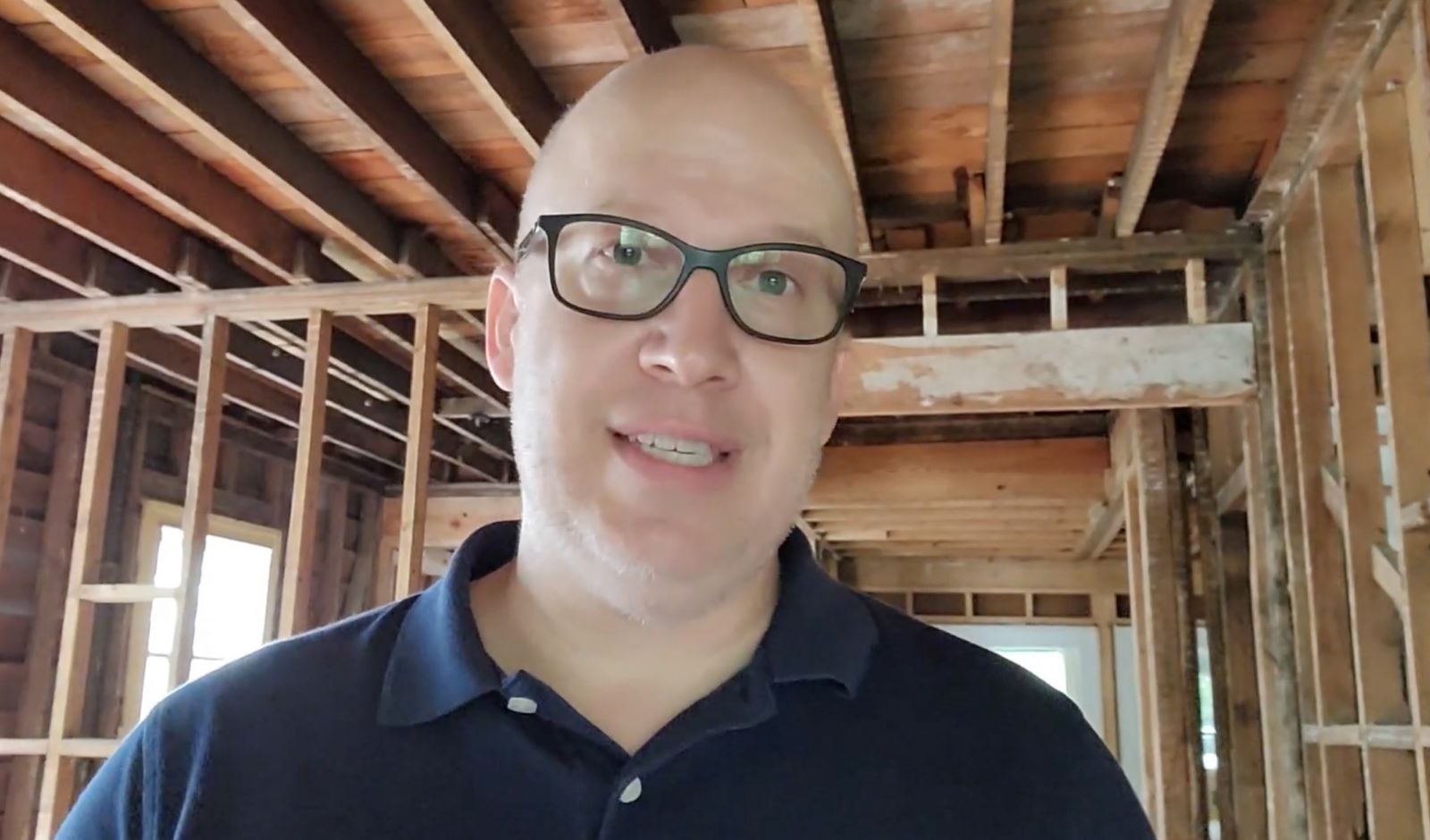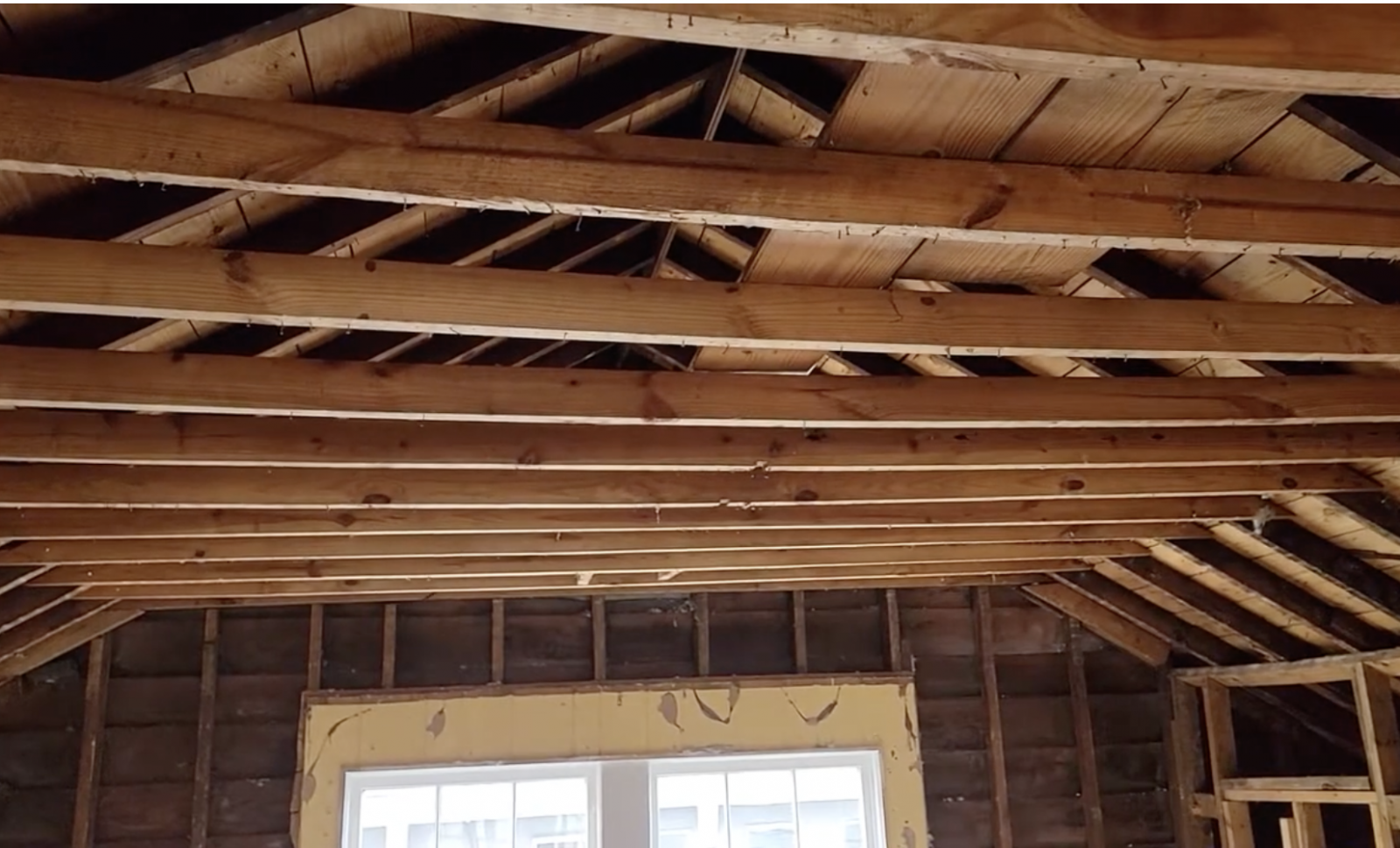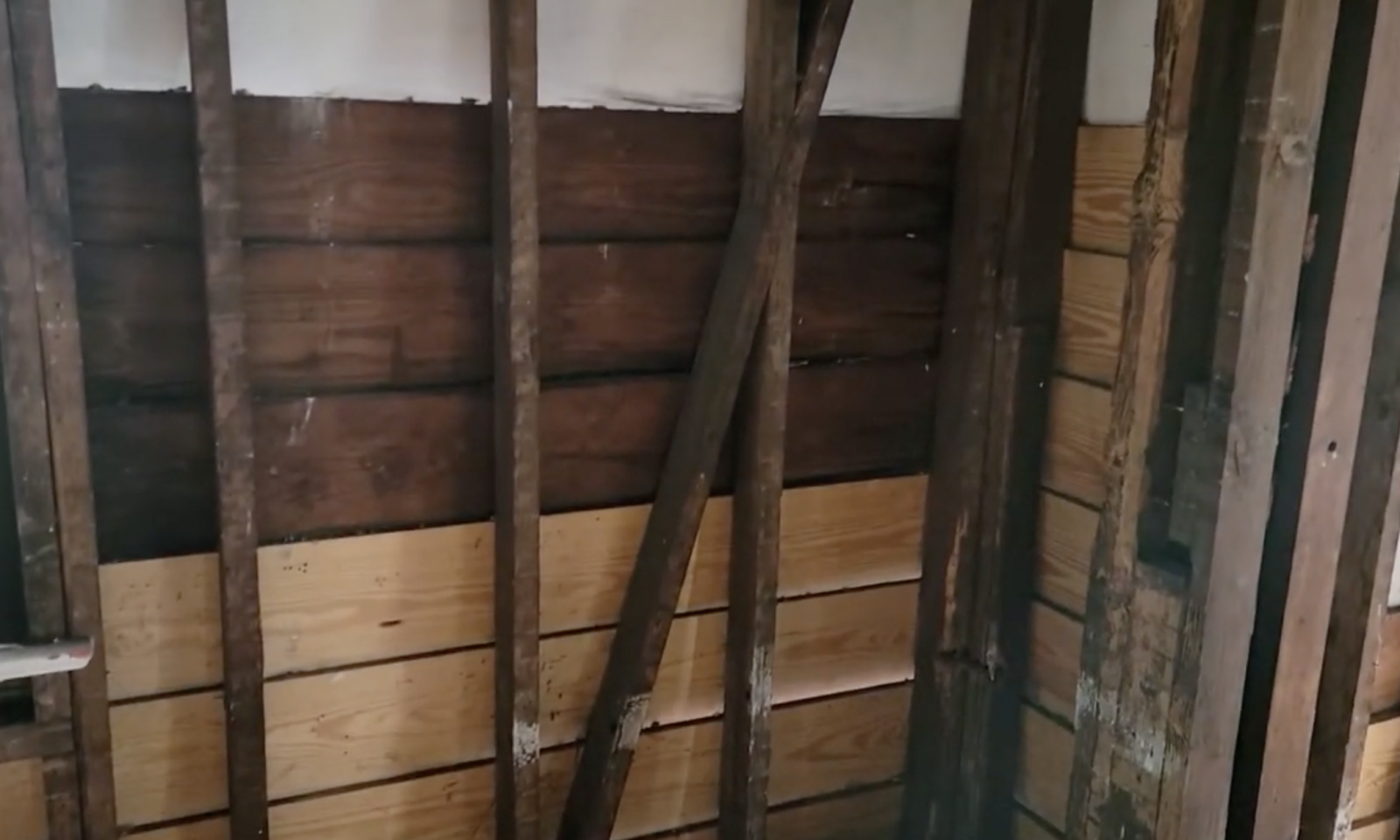Green Building Community
Common Framing Problems with Older Homes can Lead to High Energy Bills
Posted by: SawHorse, Inc. // SawHorse Design + Build
I've heard that "They Don't Build Them Like the Used To..." This may be a good thing for some things like furniture, however when it comes to the structure of an old house, thank goodness we have made progress.
Framing Inspection Shows Multiple Fails in the Existing Structure
#1920sMakeoverATL Progress Update:
I inspected the #1920sMakeoverATL learning house to see what we were working with since this is a whole-house renovation. We have gutted the house and were surprised to see that the framing was much worse than expected.
The basement foundation was in poor shape; the roof had 2 x 4 rafters which are not even close to sufficient, to name a few things. It was so bad that our structural engineer had to completely redesign the house's structure since there was not much to work with.
Fun Fact: 2 x 4's are only rated for studs in walls. If you look at the building code's framing section, the smallest dimensional lumber size that is listed is 2 x6. I once had an inspector tell me, "Matt- if you can find a 2 x4 on the span chart, I'll sign off on the framing." That was 20 years ago, and it was based on us uncovering some old ceiling joists in another 100-year-old house. 100-year-old lumber is much stronger than the new growth lumber we buy today; however, a 2 x 4 should never be considered for anything besides part of the wall assembly.
Tear Down or Rebuild?
It would have been better to tear this house down; however, we would have lost time and money due to delays. The zoning on this property has changed several times during the last 100 years, and if we tore it down, we would not be able to rebuild in the same spot, among other challenges. Applying for a variance and redesigning the house was not an option with our client.
Bad Framing Means a Leaky House.
I did reference high energy bills in the title of this video. Since this house had no sheathing between the studs and the siding, there was no way to stop the air from moving through the wall assembly. Before we gutted the house, we were told we set a record for the leakiest house tested by expert Corbett Lunsford. Upon inspection of the exterior walls, we could see why the house was so leaky. We could see daylight through the walls, which means the air has no resistance at all. A leaky house means high heating and cooling costs.
Plans for Improvement to the "building envelope."
Anything we do to this house will be an improvement; however, we will be going to the extreme and will achieve the Passive House Standard when we are done. We are also working toward EarthCraft House certification, a green building standard common in the SouthEast.
Next Steps
We had to resubmit the plans to the City of Atlanta building department due to all of the unexpected changes to the structure. While we are awaiting approval, we are working with the design team and our client to finalize all material sections. To see what the current house looked like before we gutted it, check out this virtual tour.
More Information on This Project
How to best follow the #1920sMakeoverATL Project? There are several ways to stay up to date:
- Visit the Virtual Reality Tour! You can find the tour at the start of this discussion and in the #1920sMakeoverATL summary Article.
- Check out the #1920sMakeoverATL Article on Rate It Green - We will be updating the article so that this summary represents the current project status and information.
- Check out our #1920sMakeoverATL Discussion Area on Rate It Green, where we will announce all news and new content as it is published (This post is in that section.)
- Visit our YouTube Channel and our #1920sMakeoverATL Playlist! (Subscribe to our channel to be notified when new videos are released!)
- Join a special #1920sMakeoverATL newsletter list to receive more frequent project updates
We are pleased to be working with a great and growing list of Rate It Green Members and Project Partners! There are still opportunities to participate and join the team, which includes:
- Aprilaire
- Clean Vapor
- Constructive Renovations
- Cosentino USA
- Georgia Blinds and Interiors
- LG Squared, Inc.
- Mitsubishi
- Mythos Media
- Pure 365
- Rasmus Real Estate
- Rockwool
- Sawhorse, Inc.



Please be kind and respectful!
Please make sure to be respectful of the organizations and companies, and other Rate It Green members that make up our community. We welcome praise and advice and even criticism but all posted content and ratings should be constructive in nature. For guidance on what constitutes suitable content on the Rate It Green site, please refer to the User Agreement and Site Rules.
The opinions, comments, ratings and all content posted by member on the Rate It Green website are the comments and opinions of the individual members who posts them only and do not necessarily reflect the views or policies or policies of Rate It Green. Rate It Green Team Members will monitor posted content for unsuitable content, but we also ask for the participation of community members in helping to keep the site a comfortable and open public forum of ideas. Please email all questions and concerns to admin@rateitgreen.com
